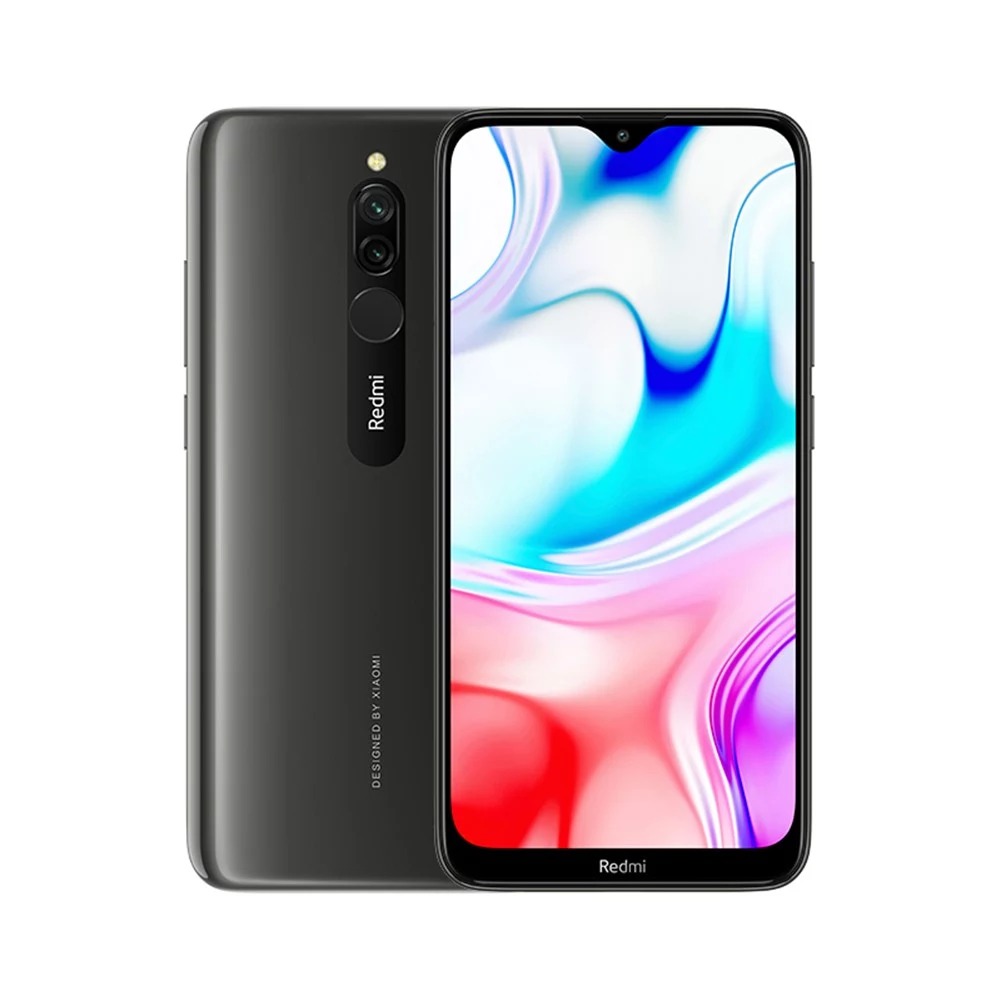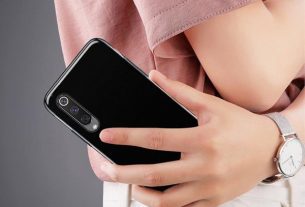Last week Redmi released two low-end new machines, Redmi 8 and Redmi 8A. The group that Redmi will locate on this model is “Standby, Student, Parents”.
So, whether this machine can really meet these three types of users, this article will summarize the needs of these three types of users, see whether Redmi 8/8A can do it. Because Redmi 8 and Redmi 8A have the same processor and memory configuration, the difference lies mainly in appearance, camera and hardware that does not affect performance (fingerprint recognition, infrared remote control, fingerprint unlocking, back cover process), so we mainly focus on Redmi 8 here. Come and experience.
Let’s first take a look at the user groups that Redmi targets:
- There are several types of standby people in the standby machine. The most common one is that they have two or more phone cards, but the main models do not support dual card dual standby. Secondly, the main model battery capacity is not enough, so entertainment needs such as video and games are transferred to the standby machine, or some lightweight tasks, such as in-car navigation equipment. The third type is to use the standby machine as a secondary role. For example, the backup machine is used as a charging treasure to reverse charge the main machine, and there are also a lot of use of the standby machine as a Wi-Fi hotspot.
- There are three sub-divisions for students’ needs, social, entertainment and life. Social performance requirements are not high, you can run normally and the software such as WeChat QQ runs smoothly. In terms of entertainment, games are basically indispensable, so it is very important to run mainstream games smoothly. Secondly, music and photo taking are also more common needs, not too rude. In the end, some students are relatively less self-sufficient and may not be able to charge anytime, anywhere, so the battery life can of course not be ignored.
- Parent group The relative group of parents has relatively no pursuit of performance, but at least to ensure the smooth operation of the system. Second, the lower the threshold for using the system, the lower the learning cost of parents. Of course, some parents usually like to take some portraits and flowers, so photography is also necessary. Finally, it is the endurance. The process of repeatedly plugging in the electricity increases their time cost, so it cannot be ignored.
Here we summarize the total needs of the three groups of people:
The necessary items must be sufficient for performance, can take care of daily entertainment, and the system runs stably, at least able to smoothly run the current popular games. In terms of taking pictures, instead of pursuing a large aperture zoom resolution, you can shoot it as a king. The battery life can be said to be just needed, it is very important.
Add a better screen to take care of the movie and gaming experience. Support for reverse charging, if used as a backup machine, support for reverse charging can be said to be an important feature, meaning to reduce the carrying of one more charging treasure. The quality of the external release, the parents are accustomed to wearing headphones, and the larger external volume can also take care of some elders with reduced hearing.
Next, let’s take a closer look at Redmi 8 / Redmi 8A.
1, appearance
From the appearance, Redmi 8 is still relatively eye-catching, water drop screen design, chin width of about 0.5cm. The design of the dual-camera flash and fingerprint recognition is integrated in the middle of the back. This is the color of the fairy green in the hand. In addition, there is a color matching of sapphire blue and carbon ash. Because of the IMT process, the visual effect is similar to glass. A halo refracted at different angles is similar to a wave effect, but is easier to become a fingerprint collector. The Redmi 8A has the same front as the Redmi 8, but the back cover is matte and may not be as impactful as the Redmi 8.
2, performance
The CPU uses a 12nm process Snapdragon 439 with a maximum frequency of 2.0GHz and a GPU of Adreno 505 with a frequency of 650MHz. Lu Weibing said that the performance is not weaker than Xiaolong 625. The reality is that the same eight core Snapdragon 625, all cores can run to 2.0GHz frequency, while the Snapdragon 439 only four cores can run to 2.0GHz, performance will shrink. In terms of ISP and baseband specifications, the Snapdragon 625 is even better. The 439’s advantage lies in the more advanced process, which is better in power consumption and heat control. Ann Bunny runs 95971, which is a certain gap with the current mainstream models.
3, memory
The Redmi 8 on hand is a 4GB memory version. It is commonly used in WeChat, QQ input method, and Weibo. It is measured to occupy 2.3G without opening other apps.
The King Glory runs with memory close to 800M. If you have 3GB of RAM, there is not much memory running for other Apps.
4, the actual experience
The daily operation of the system is relatively smooth, but in news applications such as brush headlines and Weibo, you will feel a more obvious setback, not smooth enough. For large-scale applications, in the case of the King’s glory, the number of frames is kept at 50~60 frames, which is smoother. If you choose the highest quality, it will drop to 30 frames.
In the elite of peace, the average running frame number of the game under low image quality is about 25, which does not affect the operation, and the picture has obvious jaggedness.
During the game, the temperature climbed faster, and the measured maximum temperature on the back was 41.4 °C. The heat control needs to be strengthened.
5, storage
There are 32GB and 64GB options. In the built-in storage, the system firmware takes up about 11GB of space, and the external memory card can be expanded to 512GB. However, it should be noted that the transfer speed of the external memory card will be slower than the built-in memory, depending on your trade-offs. In terms of read and write speed, Redmi 8 uses emmc’s flash granules, ext4’s file management system, random read and write speeds of about 79mb / s and 7.74mb / s, can only be said to be sufficient.
6, take pictures
The rear main camera is the IMX486 chip, the 1/2.9 size, the main camera is 12 million pixels, and the 2 million depth of field lens (Redmi 8A has only 12 million single shot). Proactively 8 million pixels, support for face unlocking. The specific imaging quality is still possible under daylight conditions, but it is limited by pixels and cannot be amplified.
In the indoor shooting environment, we can see that if there is enough light, the overall imaging quality is good, but the blurring edge algorithm still needs to be strengthened.
Once the brightness is reduced, the noise appears multiplied.
The night scene image is at the level that can be beaten, the noise is too much, the highlight suppression is poor, even if HDR is turned on, it has little effect. In addition, the shutter speed at night will be significantly slower, and you need to hold the phone steady when you take a photo.
For the same night scene, the Huawei P30 Pro sample is for reference.
7, screen quality
Tianma’s LCD screen, 720P resolution, the actual effect is also acceptable under the 6.22-inch screen, but there is a fine grainy feeling at the rounded edge, if you do not look carefully enough. Laboratory test, Redmi 8 manual maximum brightness 488 nits, excitation brightness 611 nits, Redmi 8A manual maximum brightness 483 nits, excitation brightness 558 nits, can basically meet the use of strong light. In standard mode, the average Delta E has 3.16, the default mode averages Delta E 4.98, the Redmi 8A standard mode average Delta E 3.58, and the default mode average Delta E 5.37, which is similar to Redmi 8. Overall, the color and brightness performance is good.
8, battery life and charging
The standard 10W charging head, which takes a total of 178 minutes to fill the 5000mAh pool, will be shortened to 155 minutes when replaced with 18W. On the battery life, thanks to the 5000mAh battery, after a day of use, 5 hours of bright screen time, the remaining 66%, the results are good.
9, other
First, the 5GHz WLAN is not supported, and the download speed and movie loading speed will be affected. Support reverse charging, for users who use it as a backup machine, it is equivalent to an extra charge. The external volume is large enough to use.
It is really convenient to have a Type-C interface. Unfortunately, there is no charging head that comes standard with 18W. Lu Weibing’s explanation is that there are more 18W fast charge on the market. Of course, for the elders, they will not be too much. Looking at the 18W or 10W parameters, the charging time between the two is 25 minutes apart, and does not affect the experience too much.
10, summary
So what kind of crowd is this machine suitable for? In summary, it is suitable for those who like the MIUI operation logic, and have higher requirements for mobile phone life, mainly for running lightweight applications, and do not regard it as a game console user.
The three groups mentioned by Redmi, the standby group, can be said to be basically sufficient, usually light entertainment, watching movies, the king can still deal with chickens, daily navigation, Wi-Fi hotspots are easier. Competent, but if you want to watch the video to be cached offline, it is recommended to have more memory cards.
For the student party, if you are more entertaining, it is recommended to add a budget to a higher configuration. The existing configuration can be said that in addition to excellent battery life, subject to limited processor, memory, overall performance may not be enough for students to use.
For the parent group, this machine is worth considering. The processor has no big problems in daily tasks, and they don’t have much requirements for large games, so they are still enough.
As the latest product of the Redmi digital series, perhaps I want to distinguish it from the Redmi Note 8 that was released recently. The Redmi 8 is not very capable in performance. It is not as good as Redmi 7’s Snapdragon 632, but the processor cuts are exchanged. A bigger battery and a fast charge. Whether consumers buy it or not can only be left to see later.


